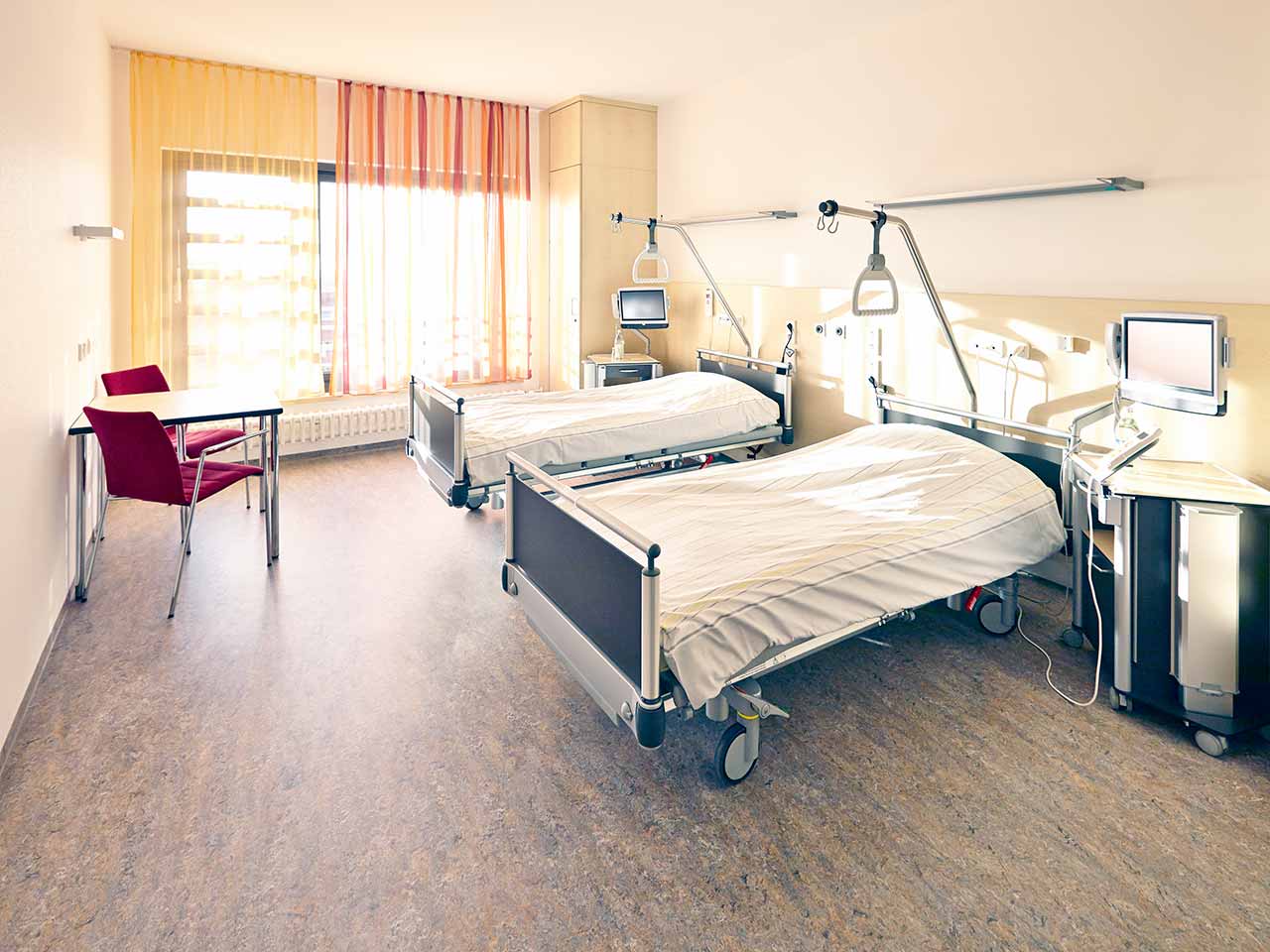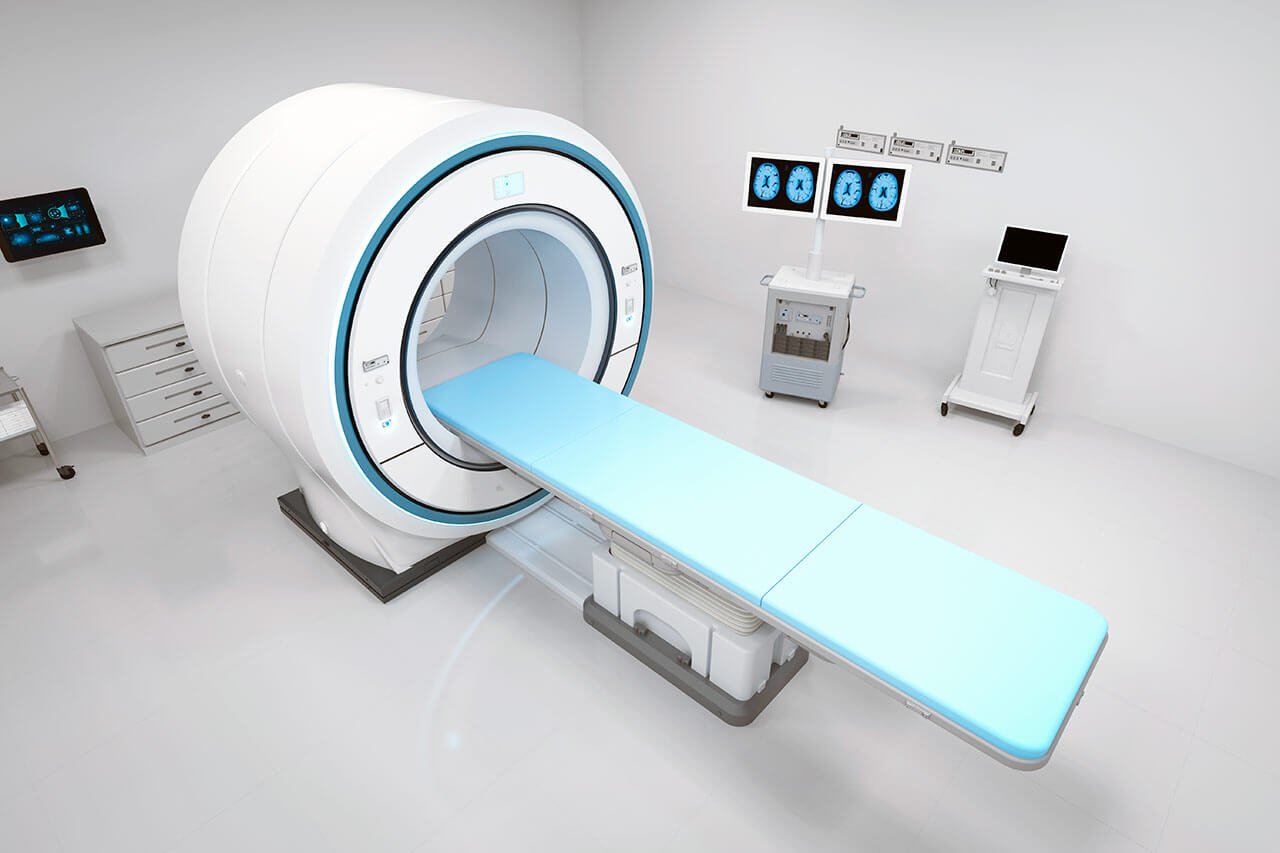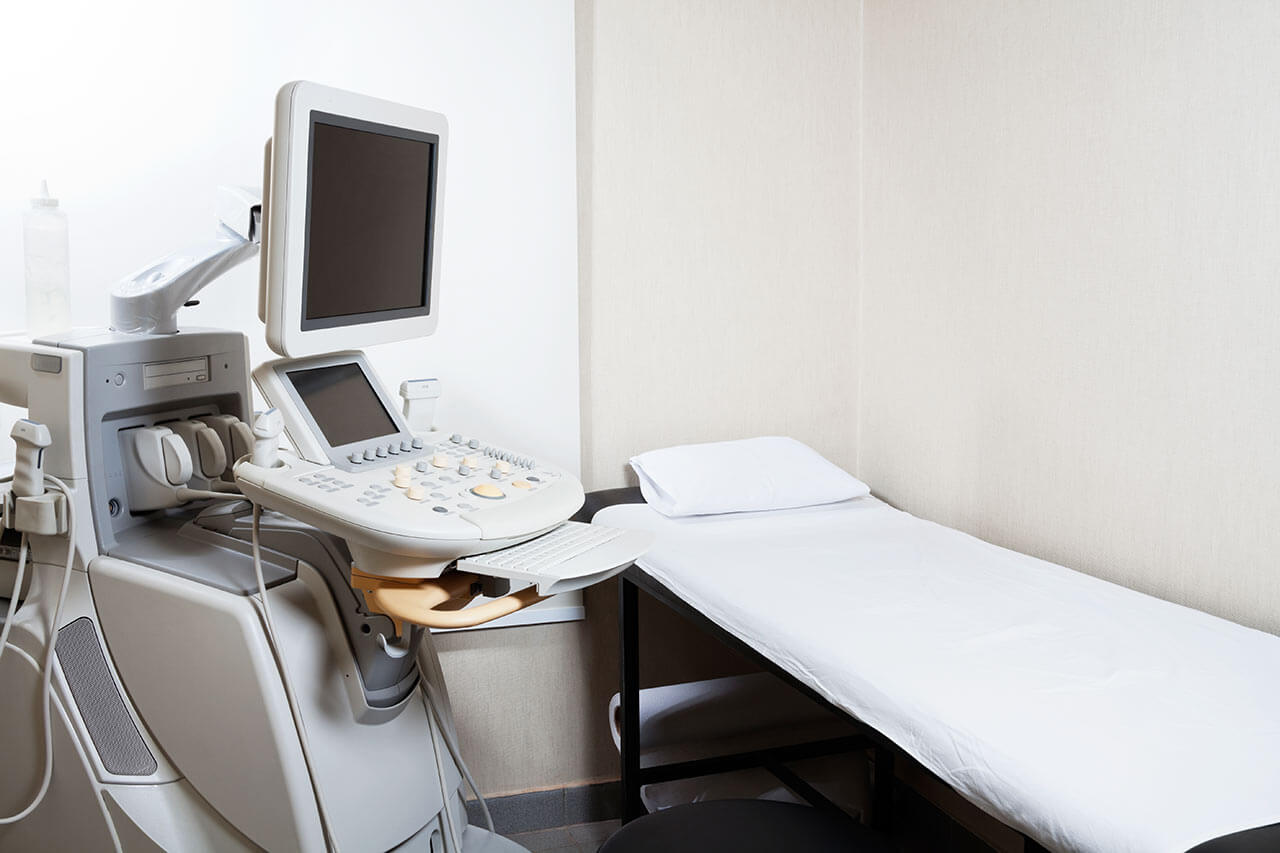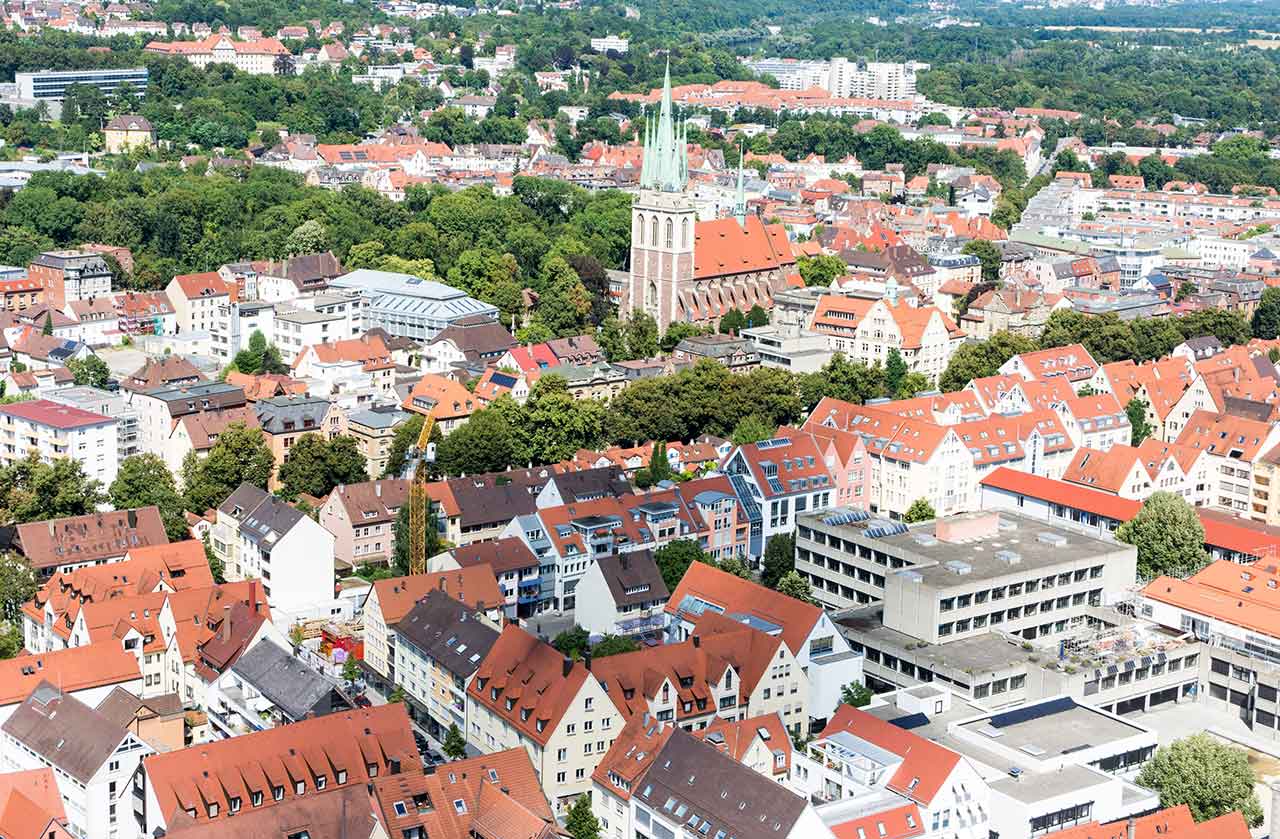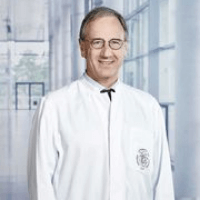
About the Department of Neurosurgery and Spinal Surgery at University Hospital Ulm
The Department of Neurosurgery and Spinal Surgery at the University Hospital Ulm provides top-class medical care for patients with diseases of the central and peripheral nervous systems. The medical facility performs surgery of any complexity on the brain, spinal cord, spine, and peripheral nerves. The department is the largest healthcare facility of this kind in Germany and has a team of highly professional neurosurgeons with long clinical experience. The department's specialists focus on patients with brain tumors (gliomas, meningiomas, and brain metastases), neurovascular diseases (aneurysms, arteriovenous malformations, and dural arteriovenous fistulas), and traumatic brain injuries. Spinal surgeons operate on patients with herniated discs, spinal canal stenosis, spondylolisthesis, spondylodiscitis, spinal fractures, and spinal tumors. The department extensively uses minimally invasive surgical techniques that allow for good therapeutic results with high safety in surgical manipulations. The medical facility has two hybrid operating rooms with state-of-the-art equipment, including the Zeego® intraoperative robotic angiography system and the intraoperative Brainsuite® MRI. The Head Physician of the department is Prof. Dr. med. Christian Rainer Wirtz.
The department's neurosurgeons often admit patients with brain tumors, such as gliomas, meningiomas, and brain metastases. The main treatment method is physical tumor removal. At the same time, neurosurgeons are faced with the task of preserving vital brain structures and preventing the development of neurological deficits. During brain tumor resection surgery, the department's specialists use advanced intraoperative imaging, intraoperative neuromonitoring devices, and neuronavigation systems. In most cases, craniotomy is indicated for patients with brain tumors, during which the doctor removes a part of the cranium and approaches the brain. The neoplasm is resected using special surgical instruments under imaging guidance, after which the surgical wound is sutured. Depending on the complexity of the clinical case, the duration of the operation varies from 2 to 5 hours. The surgical intervention is usually performed under general anesthesia.
An important focus for the department's neurosurgeons is the treatment of neurovascular diseases. They regularly operate on patients with brain aneurysms. The pathology is characterized by protrusion of the brain artery wall. The essence of aneurysm treatment is to "exclude" it from the bloodstream in order to prevent its rupture, which may potentially lead to a fatal outcome. The department's specialists perform endovascular treatment of brain aneurysms using coiling and also perform clipping using classical open surgical techniques. During the coiling procedure, surgeons insert a platinum coil through a puncture in the femoral artery under angiography guidance. It is directed to the pathological focus along the vascular channel and fills the cavity of the aneurysm. As a result, the aneurysm is excluded from the blood flow, and the risk of its rupture disappears. For brain aneurysm clipping, a neurosurgeon forms a hole in the skull, through which they isolate a section of artery with an aneurysm and clamp the neck of the aneurysm with a titanium clip. After applying the clip, the specialist opens the aneurysm and, if necessary, partially removes its walls. The clip remains on the aneurysm permanently. The choice of a particular type of surgical intervention depends on various factors, including the size and shape of the aneurysm, its localization, and the general health condition of the patient.
Spinal surgery is well-developed in the department. The specialists brilliantly perform minimally invasive surgery for herniated discs, spinal canal stenosis, spinal instability, spinal fractures, spinal inflammatory processes, and malignant tumors. Herniated discs are a widespread spinal pathology. The hernia most often develops in the lumbar spine. This disease causes severe back pain. In the early stages of the pathology, conservative treatment is usually sufficient, including physiotherapy, oral painkillers, and injections of analgesic drugs into the pathological focus. If these measures do not give the desired result, surgery may be indicated. The department's spinal surgeons operate on patients with herniated discs using minimally invasive and endoscopic techniques. Neuronavigation and intraoperative neuromonitoring are used during these interventions to ensure the maximum safety of the procedure, as damage to vital anatomical structures in the spine may lead to significant mobility restrictions.
The department's range of surgical services includes the following options:
- Neurosurgery
- Surgical treatment of brain tumors
- Surgery for glioma removal
- Surgery for meningioma removal
- Surgery for brain metastasis removal
- Surgical treatment of neurovascular diseases
- Surgery for intracerebral hemorrhages: placement of a drainage system into the brain ventricle and microsurgical operations
- Surgery for brain aneurysms: coiling and clipping
- Surgery for arteriovenous malformations
- Surgery for arteriovenous fistulas: endovascular and classical open surgical interventions
- Surgical treatment of peripheral nerve diseases
- Surgery for peripheral nerve compression syndromes (for example, carpal tunnel syndrome)
- Peripheral nerve reconstructive plastic surgery (for example, after injuries)
- Surgery for peripheral nerve tumor resection
- Surgical treatment of traumatic brain injuries
- Surgical treatment of brain tumors
- Spinal surgery
- Surgery for herniated discs
- Surgery for spinal canal stenosis
- Surgery for spondylolisthesis
- Surgery for spondylodiscitis
- Surgery for spinal fractures
- Surgery for sacroiliac joint arthritis
- Surgery for spinal tumors
- Other medical services
Curriculum vitae
Higher Education and Postgraduate Training
- 1980 - 1986 Medical studies, RWTH Aachen University.
- 1986 Admission to medical practice.
- 1992 Thesis defense and doctoral degree, RWTH Aachen University.
- 2001 Habilitation. Subject: "Surgical interventions using imaging systems in neurosurgery. Neuronavigation and intraoperative magnetic resonance imaging".
Professional Career
- 1986 - 1987 One-year practice at the John Radcliffe Hospital, Oxford, and at the University Hospital Aachen.
- 1989 Assistant Physician and Research Fellow, Department of Neurosurgery, University Hospital Heidelberg.
- 1997 - 2005 Senior physician, Department of Neurosurgery, University Hospital Heidelberg.
- 2005 Managing Senior Physician, Department of Neurosurgery, University Hospital Heidelberg.
- 2006 Extraordinary Professorship at Heidelberg University.
- Since 2009 Head Physician, Department of Neurosurgery and Spinal Surgery, University Hospital Ulm.
Awards and Honors
- 2001 Educational Prize from the Faculty of Medicine at Heidelberg University.
Memberships in Professional Societies
- 2001 Founding Member of the German Society for Computer- and Robot-Assisted Surgery (CURAC).
- 2004 Deputy Head of the Neurosurgical Academy for Training, Advanced and Continuing Education of the German Society of Neurosurgery (DGNC).
Photo of the doctor: (c) Universitätsklinikum Ulm
